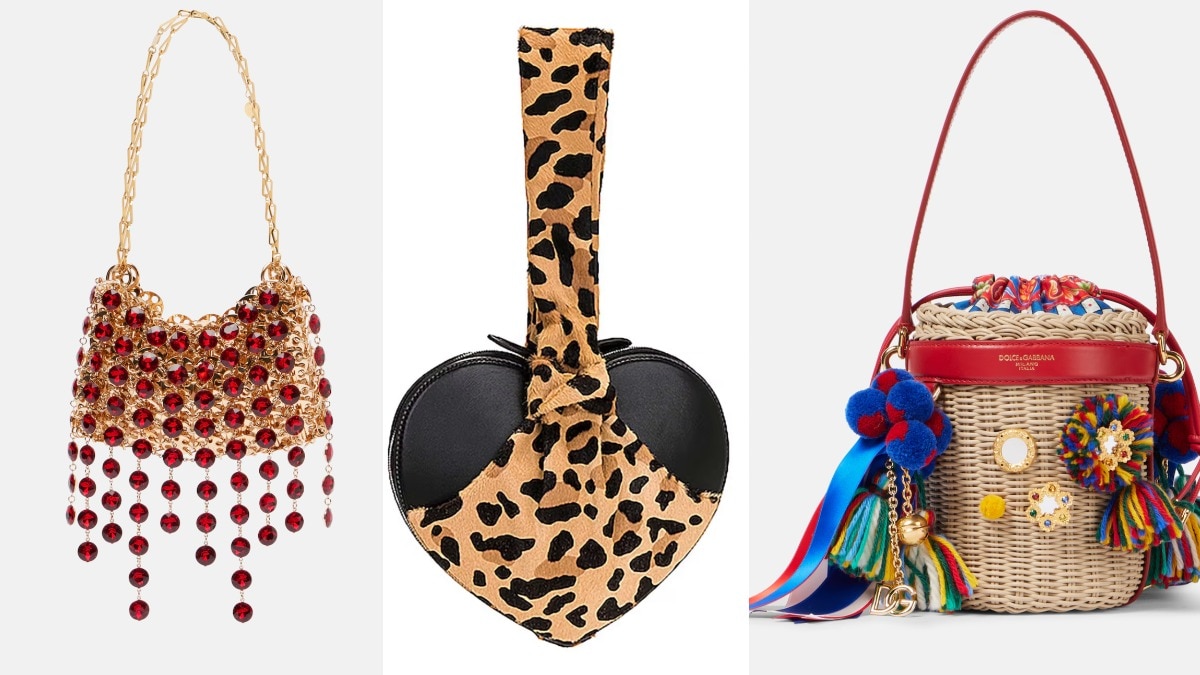It’s bye bye love languages and hello attachment styles
We’ve heard of the five love languages, but there is more to building a stronger and more fulfilling relationship.


Love and relationships can be a complicated maze that can sometimes (well, more than sometimes) leave us feeling lost and confused. And if this is one of those times for you, it might be important to remember that there's a lot more to love than just words of affirmations, gifts, physical touch, quality time, and acts of service. It's about the deep emotional connection that we share with our partners, one that is built over time, that deeply understands the partner for their past and present, and everything that comes along with it—attachment styles as experts are calling it—and the connection that is shaped from it.
Can it be time to say bye bye love languages and hello attachment styles? To throw more light on this, attachment styles are patterns of behaviour that we develop in response to our caregivers' interaction in our early childhood. These patterns define the way we approach relationships throughout our lives. It's like a map that guides us on our journey to finding love.
The three main attachment styles are secure, anxious, and avoidant.
A secure attachment style is like a warm hug that makes you feel safe and loved. You're comfortable with intimacy and closeness, and you're not afraid of abandonment or rejection. You're able to express your feelings and trust that your partner will respond in a loving and supportive way.
On the other hand, an anxious attachment style is like a rollercoaster ride that's full of twists and turns. You may struggle with feelings of insecurity and jealousy, and you may become clingy or demanding in relationships. You seek constant reassurance and validation from your partner because you fear abandonment or rejection.
And finally, an avoidant attachment style is like a maze with a lot of dead-ends. You may have difficulty expressing your emotions or connecting with your partner on a deeper level. You may avoid intimacy and emotional closeness in relationships and have a fear of commitment.
So, what can we learn from these attachment styles? Firstly, recognize your own patterns of behaviour. Look back at your past relationships and identify any recurring patterns. This will help you understand your own style and make conscious choices in your current and future relationships.
Secondly, communicate openly and honestly with your partner. It's essential to express your needs and feelings to your partner. If you're feeling anxious or insecure, let your partner know and ask for reassurance. And if you tend to avoid intimacy, try to be more vulnerable and open with your partner about your emotions.
Thirdly, be patient and understanding. If you and your partner have different attachment styles, be patient and try to understand each other. Recognize that your partner's behaviour may be rooted in their attachment style, and approach the situation with empathy and compassion.
Lastly, seek professional help if necessary. If your attachment style is affecting your relationships, it's okay to seek help. A therapist or counsellor can help you identify patterns of behaviour and work on developing healthier attachment styles.
In conclusion, understanding attachment styles is essential to building a healthy and fulfilling relationship. It's like a GPS that helps you navigate through the complex terrain of love. So, while we still appreciate and are attuned to love languages, the first step is to take a deep dive into attachment styles to build a stronger and more meaningful connection with our partners.
Feature & Square Image: @thesecurerelationship / Instagram










